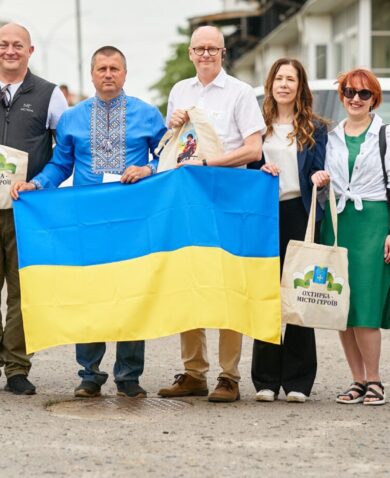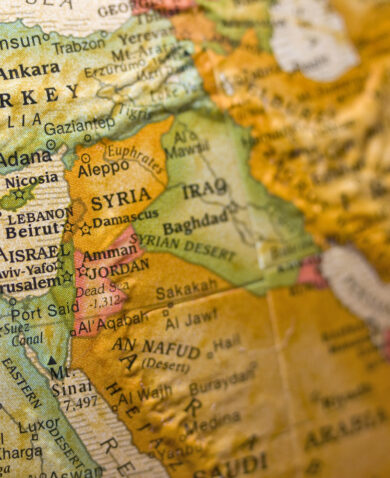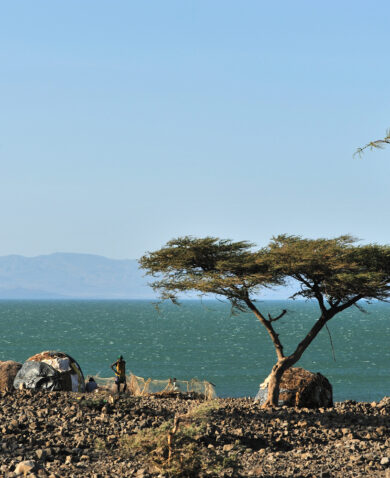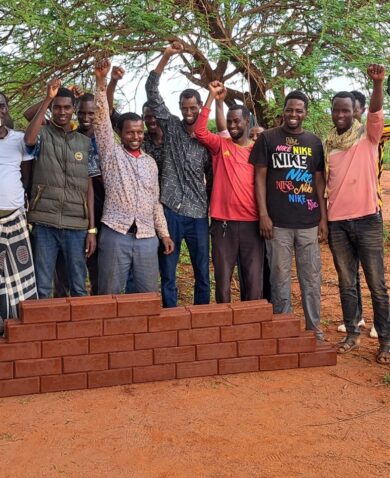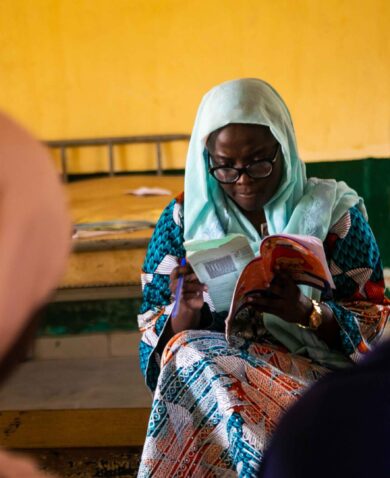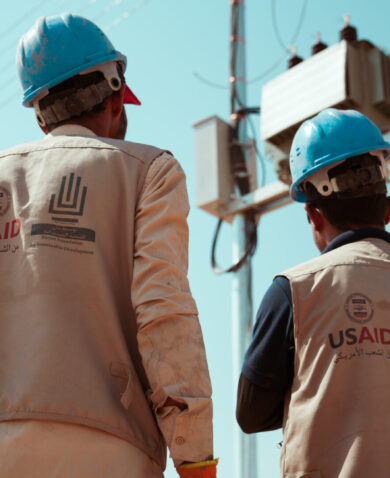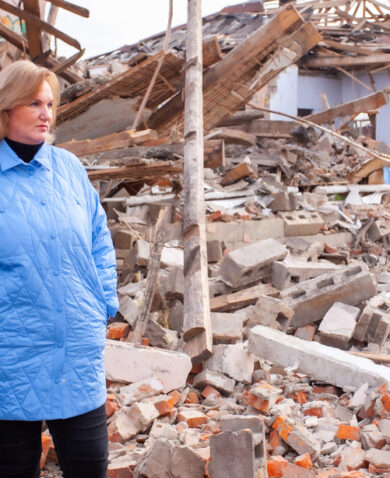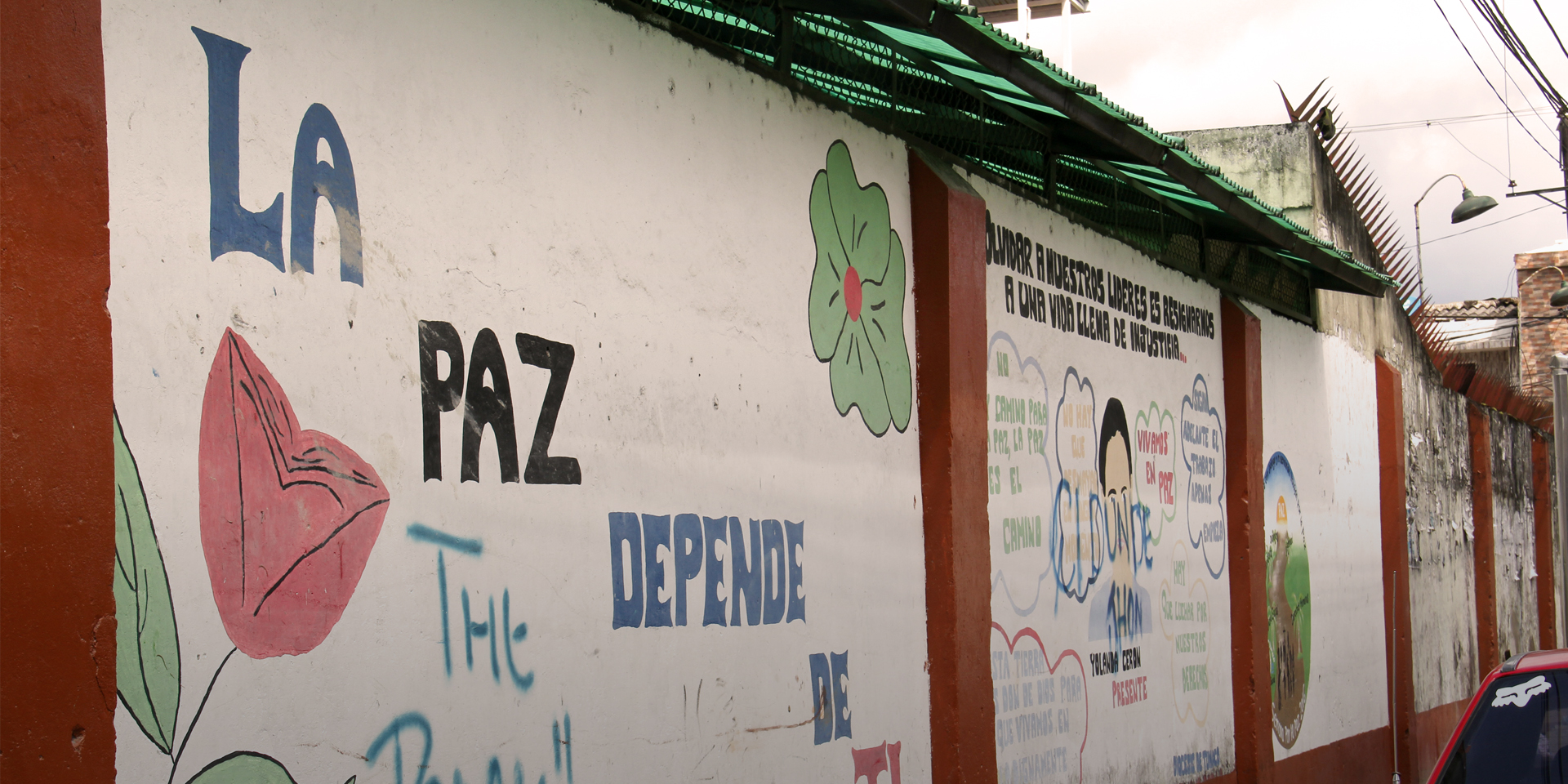
Determining the ‘How’ with Stabilization
November 20, 2018 | < 1 Minute ReadElisabeth Dallas and Aminata Seck argue there are four best practices that can help guide effective stabilization efforts.
The number of civilian deaths due to violent conflict more than tripled since 2007 — according to the World Bank and the United Nations’ Pathways for Peace study — and an estimated 65.6 million people have been displaced from their homes, largely due to conflict. The study also notes that the cost of responding to humanitarian crises has risen dramatically over the past 10 years, reaching $22.1 billion in 2016.
The economic impact of violence is astounding, with the estimated total being $14.76 trillion in 2017. Currently, 70 percent of the countries where United States government development assistance is provided are either fragile or conflict-affected. As more U.S. government agencies are called upon to “do” stabilization, we really need to understand what stabilization is, what it is not, and how to do it effectively.
This past June, the U.S. government released its stabilization assistance review, which provided an agreed-upon definition of stabilization. The review challenges the U.S. government and its implementing partners to think differently about stabilization and underscores the importance of shedding traditional operating norms in favor of efficiencies and innovation.
This move toward a common understanding of stabilization underpins the fact that it is not something that one agency can tackle alone. As defined by the stabilization assistance review, stabilization is inherently a political endeavor; U.S. government agencies decide when to engage based on political imperatives and in accordance with the U.S. government national security strategy… Read the full article on Devex.
Posts on the Chemonics blog represent the views of the authors and do not necessarily represent the views of Chemonics.

